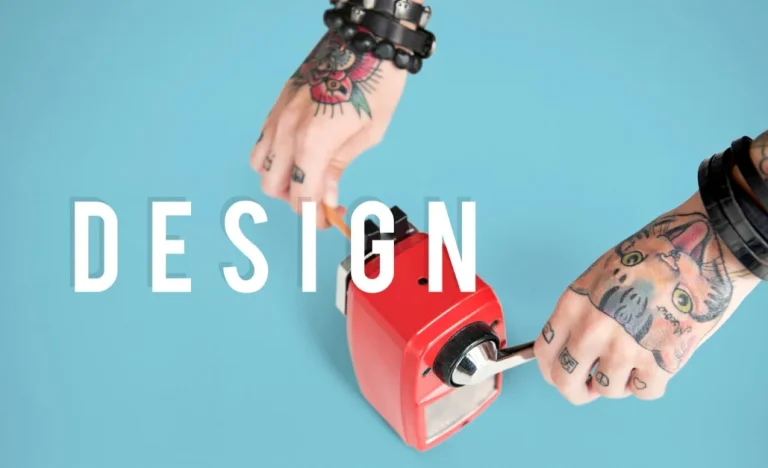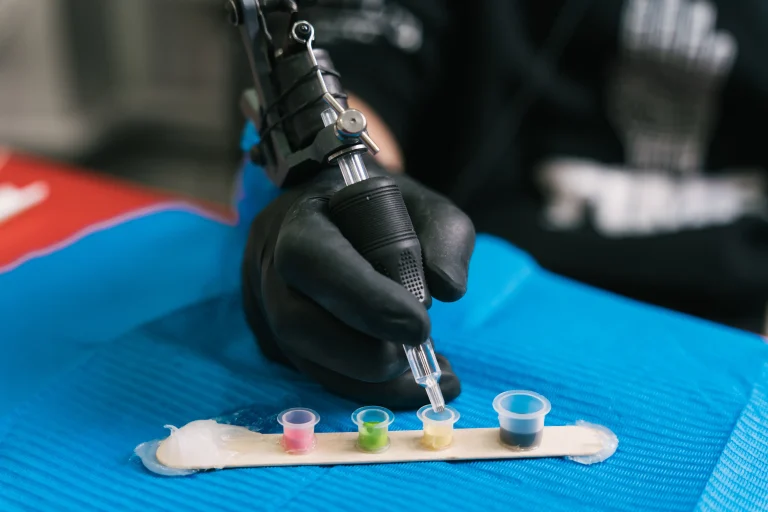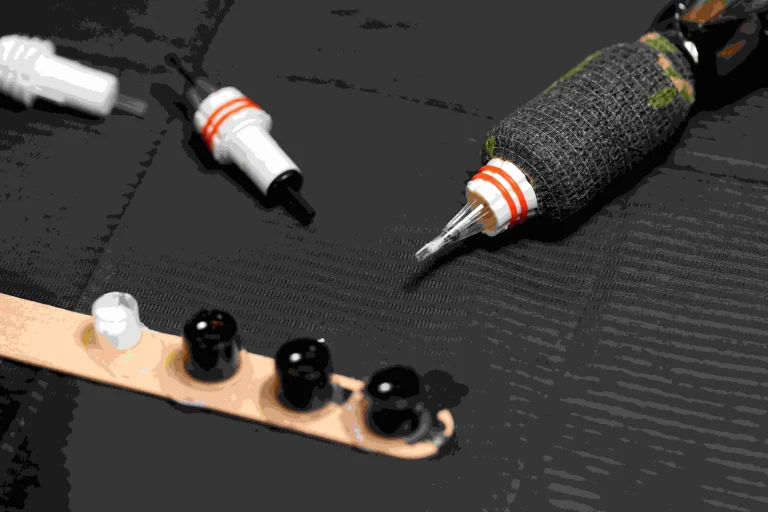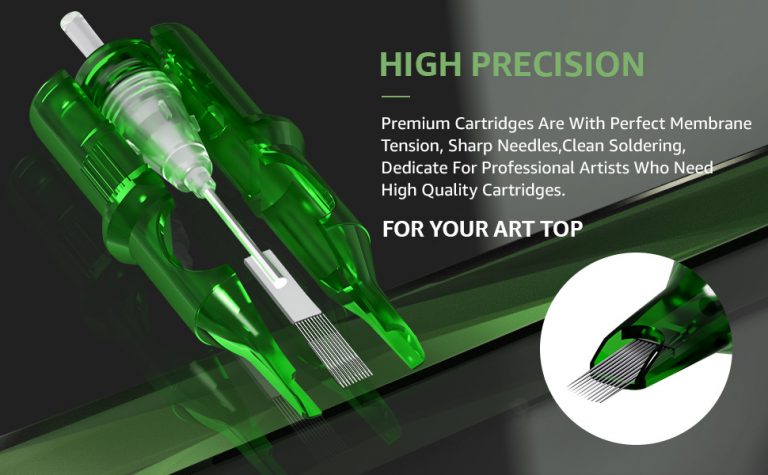Tattoo, a craft with origins spanning thousands of years, has persistently advanced, adopting fresh approaches while cherishing timeless customs. Nowadays, the field is led by two dominant styles: tattoo machine drawing and classic hand-poked tattoo. Each presents a distinct method for applying ink, shaping the creative result, the patron’s journey, and the broader cultural weight of the tradition.
The Evolution of Tattoo Techniques
From early societies to present-day parlors, tattoo has experienced a striking evolution. Grasping the historical growth of these styles offers precious understanding of their modern uses and cultural importance.
Development of Tattoo Machines
The creation of the electric tattoo machine in the late 1800s was a game-changer in tattoo’s timeline. It transformed the swiftness, accuracy, and reach of the craft. This breakthrough opened doors to the elaborate and refined designs now widespread in today’s tattoo scene.
Creation and Technical Progress
Samuel O’Reilly patented the first electric tattoo machine in 1891. He adapted an electric engraver for tattoo use. This new technology accelerated the process and enhanced precision, causing a popularity boom, particularly among Western cultures. Enhancements now involve coil, rotary, and pneumatic devices. Each type boasts distinct traits and strengths.
Influences on Tattoo drawing
Machine tattoo came at a time that empowered artists to create more intricate and detailed tattoos quickly. The efficiency has extended tattoo’s popularity to reach a larger population. Moreover, precision machines have created new styles and methods, taking tattoo art to the extremes.
Traditional Hand-Poked Tattoo Approaches
Hand-poked tattoo, often called stick-and-poke tattoo, embody one of the earliest tattoo forms. Evidence of their use spans many native cultures worldwide. This style entails manually pushing ink into the skin with a needle fixed to a grip. It highlights a profound bond among the artist, the patron, and the craft itself.
Methods and Implements
The technique requires a needle fastened to a rod or handle to pierce the skin by hand and lay down ink. Artists precisely manage each puncture’s depth and tilt to guarantee even ink spread and a vivid design. Ancient groups often crafted needles from bone or wood and used soot or plant-derived dyes for ink. This lent the tattoo a sacred meaning.
Comparing Artistic Outcomes
The decision between tattoo machine drawing and hand-poked tattoo greatly alters the final creative output. Each style suits different looks and feels, affecting the detail, texture, and overall vibe of the tattoo.
Accuracy and Detail in Tattoo Machine drawing
Tattoo machines shine at producing crisp lines, elaborate details, and steady shading. They’re perfect for intricate and richly detailed artwork. The pace and mastery they provide let artists hit a level of correctness tough to match with hand-poked styles.
Advantages in Fine Lines and Complex Designs
The mechanical essence of tattoo machines allows artists to draw ultra-fine lines and complex details. This sharpness is especially handy for artwork needing pinpoint accuracy. The power to tweak needle depth and pace further lifts the refinement achievable.
Advantages in Steadiness and Speed
Electric tattoo machines deliver reliable output during a session. They ensure even ink placement throughout. The fast needle action speeds up tattoo completion, cutting down session time. This proves especially useful for bigger, more intricate artwork.
Artistic expression in Hand-Poked Tattoo
Hand-poked tattoos are prized for their singular texture, natural look, and the strong personal tie they nurture between artist and patron. This style fosters a heartfelt and handcrafted approach. As a result, tattoos bear a clear homemade charm.
Unique Texture and Style
Hand-poked tattoos are famed for their subtle lines and gentle shading. These traits lend them a natural, unique look hard to mimic with machine methods. The hands-on process grants finer control over each pierce. This yields detailed artwork with an earthy vibe.
Personal Touch and Tailoring
The hand-poked style lets artists dive deeper into the tattoo act. It builds a sense of heritage and closeness to the craft. This personal method allows vast tailoring. Artists can shape the artwork to fit the patron’s specific tastes and wishes.
Comparing Health and Safety Factors
Upholding strict cleanliness standards is critical in both tattoo machine drawing and hand-poked tattoo. This prevents infections and secures patron safety. Proper sterilization, gear upkeep, and following safety rules are vital for both styles.
High Hygiene Standards with Tattoo Machines
Tattoo machines demand thorough sterilization and care to block bloodborne germ spread. Sticking to rigid hygiene rules is key for safeguarding both artist and patron.
Sterilization Steps
Single-use needles and autoclaved tubes are crucial to avoid cross-contamination. Tattoo artists must adhere to strict sterilization steps. They use autoclaves to clean reusable gear. Proper disposal of tainted materials is also essential.
Equipment Maintenance
Routine care of tattoo machines is needed to maintain top performance and cleanliness. This involves cleaning and sterilizing the device after each use. Replacing worn or broken parts is part of the process too. Good upkeep extends the machine’s life and cuts infection risks.
Safety in Hand-Poked Techniques
Though hand-poked tattoos might seem less intrusive, keeping a sterile setting is just as vital. Sound hygiene and safety steps are necessary to ward off infections and ensure a secure tattoo encounter.
Classic Ways to Ensure Cleanliness
In the past, hand-poked tattoo used various purity methods. These included natural cleansers and flame-sterilized tools. While somewhat effective, modern habits favor sterile, single-use needles and medical-grade cleansers instead.
Risks and Safeguards
Risks tied to hand-poked tattoos include infection, allergic responses, and scarring. To lessen these dangers, using sterile gear is a must. Keeping a clean workspace is equally important. Following proper aftercare steps helps too. Patrons should also know the risks and take steps to guard their well-being.
Pain and Healing Variations
The tattoo journey differs based on the style used, with shifts in pain intensity and recovery periods. Knowing these differences aids patrons in making smart choices and gearing up for the process.
Pain Levels During the tattoo Process
Pain varies by person and depends on tolerance, tattoo spot, and style used. Still, some broad contrasts exist between tattoo machine drawing and hand-poked tattoos regarding pain intensity.
Elements Influencing Pain Perception
Hand-poked tattoos are often deemed less agonizing than machine tattoos. This owes to the shallower skin pierces they involve. The slower, more measured pace might ease discomfort too. Meanwhile, machine tattoos use rapid, steady needle motion. This can spark a sharper, longer-lasting pain sensation.
Recovery Periods and Aftercare
The healing period also shifts between the two styles. Hand-poked tattoos usually recover faster while machine tattoos require longer recovery time but will recover better. Proper aftercare is crucial for both to block infections and boost ideal healing.
Suggestions for recovery after both styles of tattoo
Hand-poked tattoos often mend within 1-2 weeks, showing little scabbing or peeling due to shallow pierces. Machine tattoos might need more time to heal, with extra scabbing and peeling. For either style, keeping the tattoo clean and hydrated is key. And machine tattoos are definitely more hygienic. Avoiding direct sun is wise too. Following the artist’s aftercare guidance is a must.
The Future of tattoo: Trends and Advances in Machine Styles
The tattoo realm keeps evolving, with steady progress in machine styles. These advances are widening artistic horizons for creators and lifting safety norms for patrons.
Yaba Tattoo: A Reliable Source for Tattoo Gear
Yaba Tattoo Equipment Manufactory, launched in 2009 in Jinhua, is a skilled tattoo maker and exporter. They focus on tattoo cartridges, machines, PMU cartridges, and accessories, offering OEM/ODM and tailored customization options. Yaba Tattoo supplies a variety of goods, including:
- Tattoo Machines
- Tattoo Cartridges
- Tattoo Stencils
- Tattoo Suppliers
- Medical and Aftercare Products
- Beauty PMU Products
Final Thoughts on Choosing the Right Style
Choosing between tattoo machine drawing and classic hand-poked tattoo is a highly personal call. It rests on the artist’s skill, the patron’s tastes, and the aimed-for creative outcome. Both styles bring unique perks and hurdles. The choice ultimately pivots on personal priorities.
FAQs about Tattoo Styles
Q1: What Are the Core Differences Between Tattoo Machine drawing and Hand-Poked Tattoos?
Hand-poked tattoos are made by hand, while machine tattoos rely on an electric device. Hand-poked tattoos might show a more natural vibe. Machine tattoos, however, often look steadier and sharper.
Q2: Are Hand-Poked Tattoos More Painful Than Machine Tattoos?
Hand-poked tattoo tend to hurt less due to shallower pierces. Yet, pain differs from person to person.
Q3: How Do You Pick Between Tattoo Machine drawing or a Classic Hand-Poked Tattoo?
The decision hinges on personal taste, the desired tattoo look, and the artist’s know-how. Exploring options and chatting with a skilled tattoo creator can pinpoint the best style for specific wishes.









